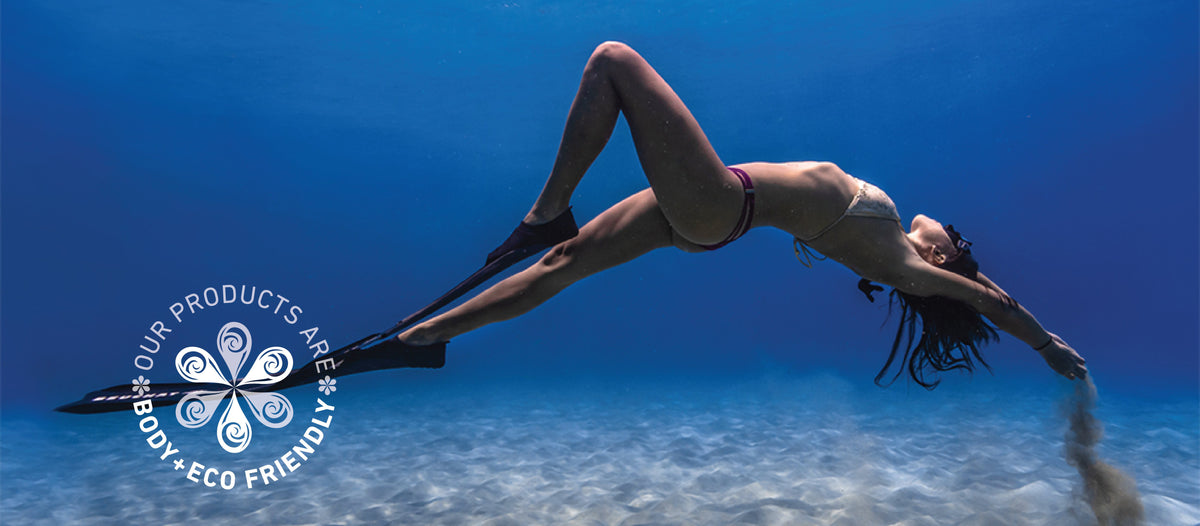What it means to be non-toxic
-
We believe it is critical to be
honest and open about our products and to educate nail product users about
their options. Our line of products was developed with the goal of using
ingredients that are not considered harmful to people, even with daily
exposure, and that will degrade causing no harm to the land, sea, or air.We also believe we need to define
the words we use. At Kapa Nui we use the words : “toxin –free,” “ non-toxic,” “
toxic,” “ eco-friendly” even though they do not have universally accepted
meanings.Our Definitions:
Toxin Free Nail Polish / Products:
Lengthy exposure has not been shown to pose any harm to humans.Non-Toxic Nail Polish / Products:
When used as directed and in the amounts in our products; not harmful to humans
with daily “chronic exposure” (i.e. nail salon workers) to amounts used in the
product.Toxic Nail Polish/Products: In
amounts found in commercially available polish products; shown to be harmful to
humans with chronic exposure.Eco-Friendly: The product
ingredients, in their relative volumes, and their degraded elements, pose no
harm to the environment (land, sea, or air.) -
Discovery of the dangers of some traditional nail
polish chemicals and subsequent publicity about them led to the widespread use
of these terms. For the consumer, they really have no regulatory or even
commonly accepted definitions. (see our “definition” above)When talking about harm and “toxicity” it is
important to keep in mind the amount of a chemical ingredient, the amount of
exposure to it, and what is considered “harm.” Many chemicals cause minor
irritations if there is chronic (i.e.: 24 hours a day) or large-volume exposure
(i.e.: hundreds of open gallons,) especially irritation to the skin or eyes. We
do not consider these massive kinds of exposure to be in the same category as the
tiny amounts of toxic, commonly used chemicals in some polish products that can
cause neurologic or reproductive impairment.Just about anything is “toxic,” or very
harmful, in amounts too large for our bodies to process. Even water and oxygen can
be life threatening in amounts that disrupt our metabolic balance. Also, many government publications frame
toxicity in levels hundreds and thousands of times greater than what may be in
a few drops of a nail polish product. -
Because some of the historically used chemicals in lacquer nail polish were found to be
significantly harmful to people and the environment, manufacturers began removing
them and then marketed their polishes as “__ Free.” Among
major nail product manufacturers, there is no consistency as to which chemicals
are claimed to be removed and some of the chemicals are not considered
dangerous unless the user has allergies, such as soy, gluten and fat.Manufacturers
sometimes use a technique, called “regrettable substitution,” (abstract) in which a known harmful ingredient is removed
and replaced with another in the same chemical family which may not have been
well studied. If some chemicals are not replaced by similar chemicals in that
family, then the product may not perform as the consumer expects.It is difficult
to summarize the effects of chemicals in nail products, what follows is a short list of chemicals that are
considered harmful to people or the environment:phthalates,
TPHP triphenyl phosphate
ATBC acetyl tributyl citrate
toluene compounds
formaldehyde
benzophenone / oxybenzone
butyl and ethyl acetate
camphor
Xylene
parabens
MEHQ / 4 methoxy phenol
-
VOCs are “Volatile Organic Compounds,” or chemicals that evaporate easily in to the air at room temperature,
spreading chemical particles. VOCs can be either man-made or exist naturally.
Man-made VOCs are regulated because some have been found to contribute to ozone
depletion, global warming, environmental pollution, and in certain amounts of
exposure, harm to human health. A few states have considered regulation of VOCs
that have demonstrated human or environmental harm that are in some lacquer
nail polishes. -
There are no standard definitions of “high” and “low” VOCs. We use the term “high” VOC to
define VOCs that evaporate rapidly at room temperature and that have
demonstrated human or environmental harm at levels of chronic exposure to a
polish product. .If you can smell a product across the room, it most likely has VOC chemicals in it. In traditional polish the most common group of VOCs are solvents.
Nitrocellulose
is a hard solid that is The basic building block of traditional lacquer nail
polishes. It requires certain solvents
to make it a liquid. The most common solvents are butyl and ethyl acetate.
Multiple other additives are required to create flexibility, resistance to
color fading, and adherence. Acetone in
lacquer polish removers is also a strong solvent, but is exempt from the
government regulation of VOCs. -
As with “non-toxic,” “eco-friendly” has no regulatory definition. At KNN we use this term when a product’s ingredients pose no harm to the environment (land, sea, or air). Some ingredients can be a fire risk, particularly in very large volumes. We do not include this in the definition of environmental “harm.”
-
The dangers of any product should be viewed in regards to “recommended use” and Kapa Nui products are no exception. Our products should not be ingested, they should be kept
out of reach of children and our remover is flammable.Each and every
one of our products is either toxin-free, non-toxic, no VOCs or low VOC.Our products are also eco-friendly in that they do not harm the environment. An example of a chemical in our products
that we consider “eco-friendly” is acrylates copolymer, the base of our nail color coat. It is made from carbon, nitrogen and water. It degrades back into naturally occurring forms of these elements.


